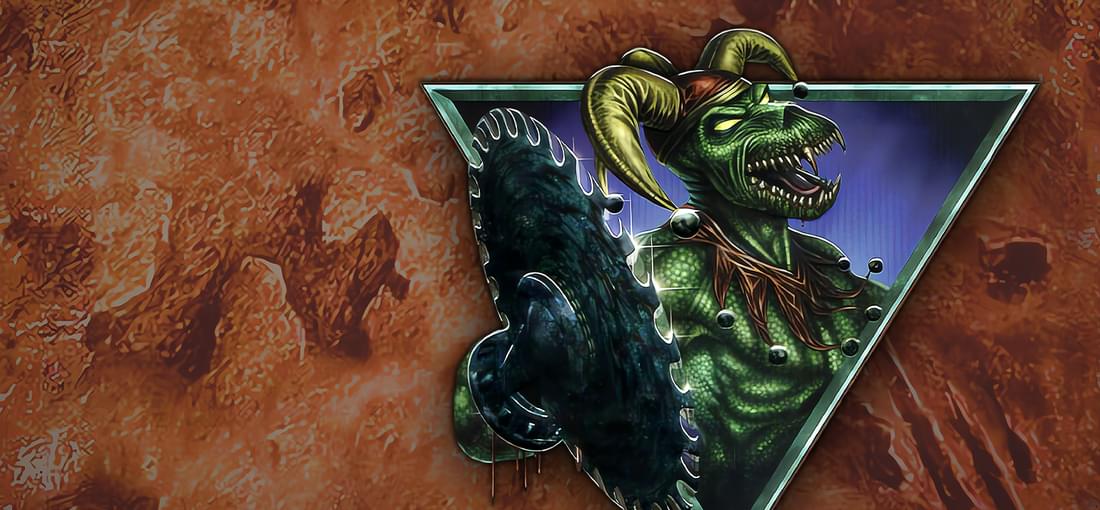


I would place Chasm: The Rift somewhere in between Doom and Quake on one side and Hexen on the other. There is nothing revolutionary or unusual about this game, and moreover, in 1997 it was criticized for its "outdated" 2.5-dimensional looks. Furious and dynamic battles make this game similar to Doom. As in id’s masterpiece, opponents ambush the player, hit each other with "friendly fire", and the architecture is striking in its eclecticism. At the same time, the aesthetics of the game, and some opponents, look suspiciously similar to those from the first Quake. What connects the game with the Raven Software classic is the need to solve puzzles in order to advance. As Hexen, Chasm requires some spatial thinking and switch/lever-hunting (not as excessive as in Hexen 1-2, but certainly more than Doom). The second episode (set in Egypt) is the most heavy on puzzles. In general, I do not consider pseudo-3D to be something bad for the game, especially since the battles still require the player to be attentive and use the geometry of the level. The main thing I could find fault with Chasm is some linearity of levels (and also poor voice acting). The plot doesn't shine, but it is still secondary and symbolic as in other classic shooters of that era. These shortcomings are not too deciding, and this is a good and dynamic shooter.

It is difficult for me, firstly, to categorize Syndicate, and secondly, to say what makes it attractive. This is not to say that it is a very intricate tactical strategy - its "turn-based" contemporaries X-Com and the first Jagged Alliance look much more solid in this sense. The simulation aspect of the game also doesn't shine: a sparse technology tree, a simple simulation of city life. It seems that the authors lost their inspiration halfway through, and simply left the game "as is". Even "spiritual successor", Satellite Reign, looks deeper than its predecessor. The interface also adds to the hassle: for example, you can control either all the characters, or a single one. But you can not break our combat four agents into separate links. It also narrows the room for tactical maneuver. The minimap is concentrated on agent, not on camera. Pathfinding is horrible. There is no stealth component in the game: from the very beginning, we have to reflect the waves of advancing opponents, miraculously knowing in advance where to look for us. But, nevertheless, you suddenly get involved into the game, especially if you don’t take it as a strategy, but rather as a lively dynamic arcade action game with elements of tactics (especially in the missions of the add-on, American Revolt). Unlike the strategies I mentioned, Syndicate often forces you to act randomly, improvisationally, by quickly and suddenly attacking enemy using firepower of entire squad. The levels are short and fast, like in arcades, although they become boring over time due to the repetitive design. Buildings can be used as shelters from enemy fire, and through persuadertron, you can turn the local population into your allies and human shields. The game is very atmospheric, due to the texts and graphics - as if you really command a squad of supercyborgs in bleak dystopian future. The levels often feel like small sandboxes where you can do almost what you want. In general quite solid and simply fun action game.